Introduction: As the COVID-19 pandemic continues to impact communities worldwide, testing remains a critical tool in combating the spread of the virus. With the rise of at-home COVID-19 testing kits, individuals have gained convenient access to testing options. However, it is essential to evaluate the cost of these at-home kits compared to traditional PCR tests
Introduction: As the COVID-19 pandemic continues to impact communities worldwide, testing remains a critical tool in combating the spread of the virus. With the rise of at-home COVID-19 testing kits, individuals have gained convenient access to testing options. However, it is essential to evaluate the cost of these at-home kits compared to traditional PCR tests offered by healthcare providers. In this article, we will explore the cost differences between at-home COVID-19 tests and traditional PCR tests, helping you understand the financial implications of these testing methods.
At-Home COVID-19 Testing Kits: At-home COVID-19 testing kits provide individuals with the convenience of testing from the comfort of their own homes. These kits are available at various price points, depending on the brand, features, and included services. On average, at-home COVID-19 testing kits can range from $20 to $150 per kit, with some kits offering multiple tests in a package.
The cost of at-home testing kits typically includes the test materials, sample collection swabs, solution or buffer, and shipping fees for returning the sample for processing. Some kits may also provide additional services such as telemedicine consultations or expedited results delivery for an extra fee.
Traditional PCR Tests: Traditional PCR tests, conducted by healthcare providers, remain the gold standard for COVID-19 diagnosis due to their high accuracy. These tests are performed in a laboratory setting, and the samples are analyzed using sophisticated equipment and professional expertise. The cost of traditional PCR tests can vary depending on factors such as the location, healthcare provider, and insurance coverage.
In many cases, traditional PCR tests are covered by health insurance, with individuals only required to pay their copay or deductible. Without insurance, the cost of a traditional PCR test can range from $100 to $250 or more, depending on the healthcare provider and geographic location.
Considerations: When comparing the cost of at-home COVID-19 testing kits with traditional PCR tests, several factors come into play:
- Convenience: At-home testing kits offer the convenience of testing in the comfort of your own home, eliminating the need for appointments and travel to testing centers. This convenience may justify the higher cost for some individuals.
- Insurance Coverage: Traditional PCR tests may be covered by health insurance, reducing the out-of-pocket cost for individuals. It is crucial to check with your insurance provider to understand coverage details and potential cost-sharing.
- Accuracy and Expertise: Traditional PCR tests conducted by healthcare professionals provide a higher level of accuracy and professional interpretation. This expertise can be valuable, especially in cases where accurate diagnosis is crucial, such as for travel or high-risk individuals.
- Accessibility: At-home testing kits offer broader accessibility, particularly for individuals in remote areas or with limited access to healthcare facilities. The ability to obtain testing materials easily and conduct tests at home may outweigh the higher cost for some individuals.
Conclusion: The cost of at-home COVID-19 testing kits varies depending on the brand, features, and services included. While at-home testing kits offer convenience and accessibility, they can be more expensive compared to traditional PCR tests conducted by healthcare providers. Traditional PCR tests may be covered by health insurance, reducing the out-of-pocket cost for individuals. When considering testing options, it is essential to evaluate factors such as convenience, accuracy, insurance coverage, and individual circumstances to make an informed decision. Ultimately, the cost of convenience must be weighed against the benefits and limitations of each testing method.

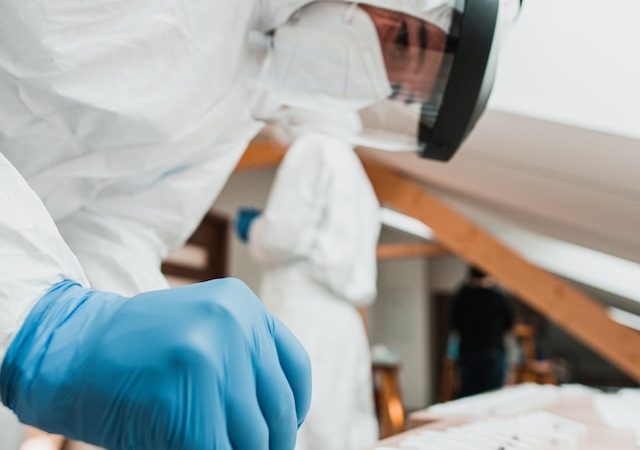
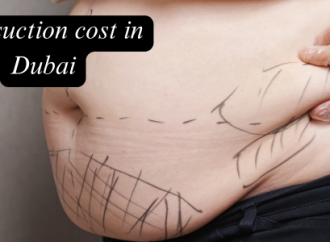
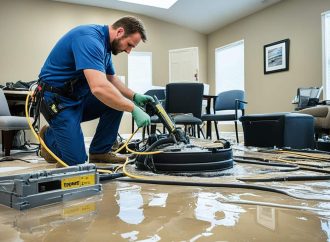






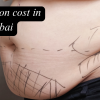
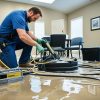











Leave a Comment
Your email address will not be published. Required fields are marked with *